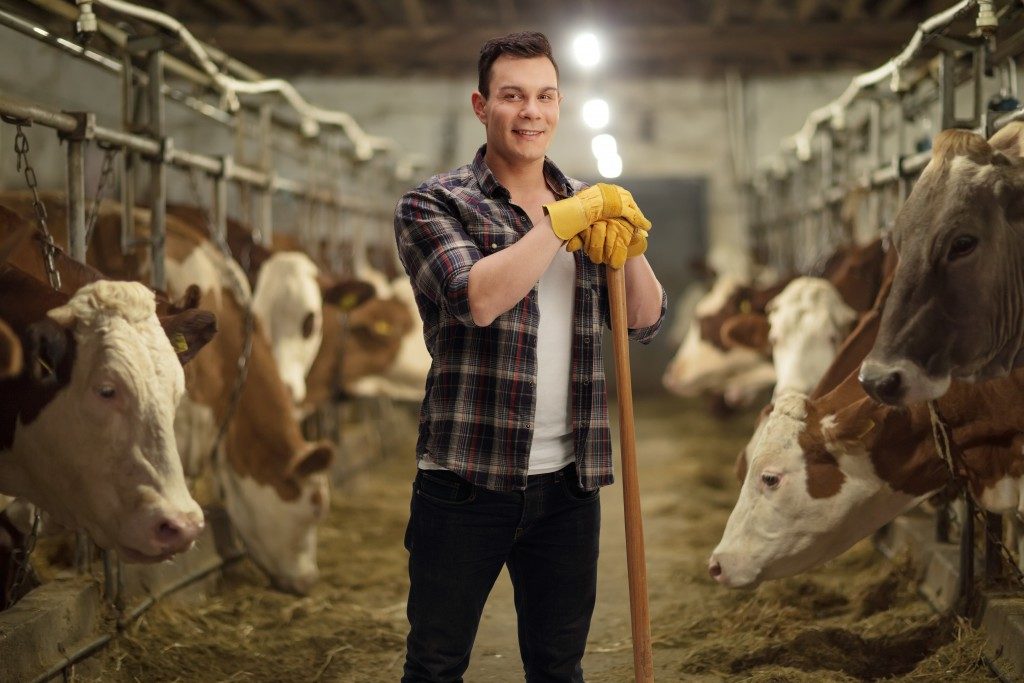Farming is a labor-intensive job, and manual labor might not yield efficient results. Because of this, machinery is needed to cultivate the lands and maximize harvest. Farm equipment increases the level of productivity, making the step-by-step processes quicker and easier.
These types of equipment use hydraulic in their systems. These include two valves: directional control valves and pressure relief valves. The former is in charge of the oil’s flow in the machinery, while the former regulates the pressure and force exerted in the system.
Since agriculture provides for humans’ daily consumption and necessities, it is an industry that should be continuously improved. Therefore, providing better machinery is imperative to a country’s agricultural growth.
In line with this, there are hydraulic franchise opportunities that allow entrepreneurs to contribute to this system. They provide training and quality materials to ensure the productivity of this industry.
There are five types of farming equipment, and they can be bought brand new or otherwise:
Irrigation machinery
Because there are seasons when rain is scarce, farmers have to install irrigation systems to keep their crops from drying up. Farmers install pipes and other plumbing systems to irrigate the entire scope of their fields. There are a couple of ways to hydrate the soil, applying different strategies.
Drip Irrigation
This sends the water directly to the roots by using tubes with holes. This is known to conserve more water than other irrigation systems.
Center Pivot Irrigation
This uses sprinklers and nozzles in specific points of the field to water a wider area. Modern technology has developed smart systems to target more water-demanding areas of the field. This new technology also helps farmers conserve water and control water consumption.
Soil cultivation implements
These are used to plow the land and prepare it for cultivation. Essentially, plowing breaks the soil. It opens the land for easier planting of seeds and to make it easier for them to take root. It also increases the rate of decomposition for other organic matters in the soil. Aside from this, it improves oxygen flow into the soil, making it a better environment to cultivate crops. Some examples are spike, drag, disk harrows, and tillers.
Planting machines
Planters ensure that seeds are planted in rows with equal distances from each other. The standard distance between seeds is two to three feet. Drills incorporate seeds in the soil more densely with rows that are less than a foot apart. Transplanters carefully place seedlings into the soil, either fully automated or not.
Harvesting Implements
When the crops have all matured, they need to be harvested to move on to the next step of production. While harvesting can be done manually with sickles and knives, using machines in this part of the process reduce the time rendered for this activity. This increases the quality of the product and avoids postharvest losses. Examples of these are Trailers, diggers, and pickers.
Miscellaneous agricultural equipment

These machines are used for other processes concerning production, such as loading and shredding. They are commonly used to increase efficiency in the field by helping in transportation, segregation, and other processes.
Knowing the kind of agricultural equipment will give franchisers a background on the hydraulic needs of their customers. By starting with the basics, they can help in increasing the productivity levels of the agricultural industry.






